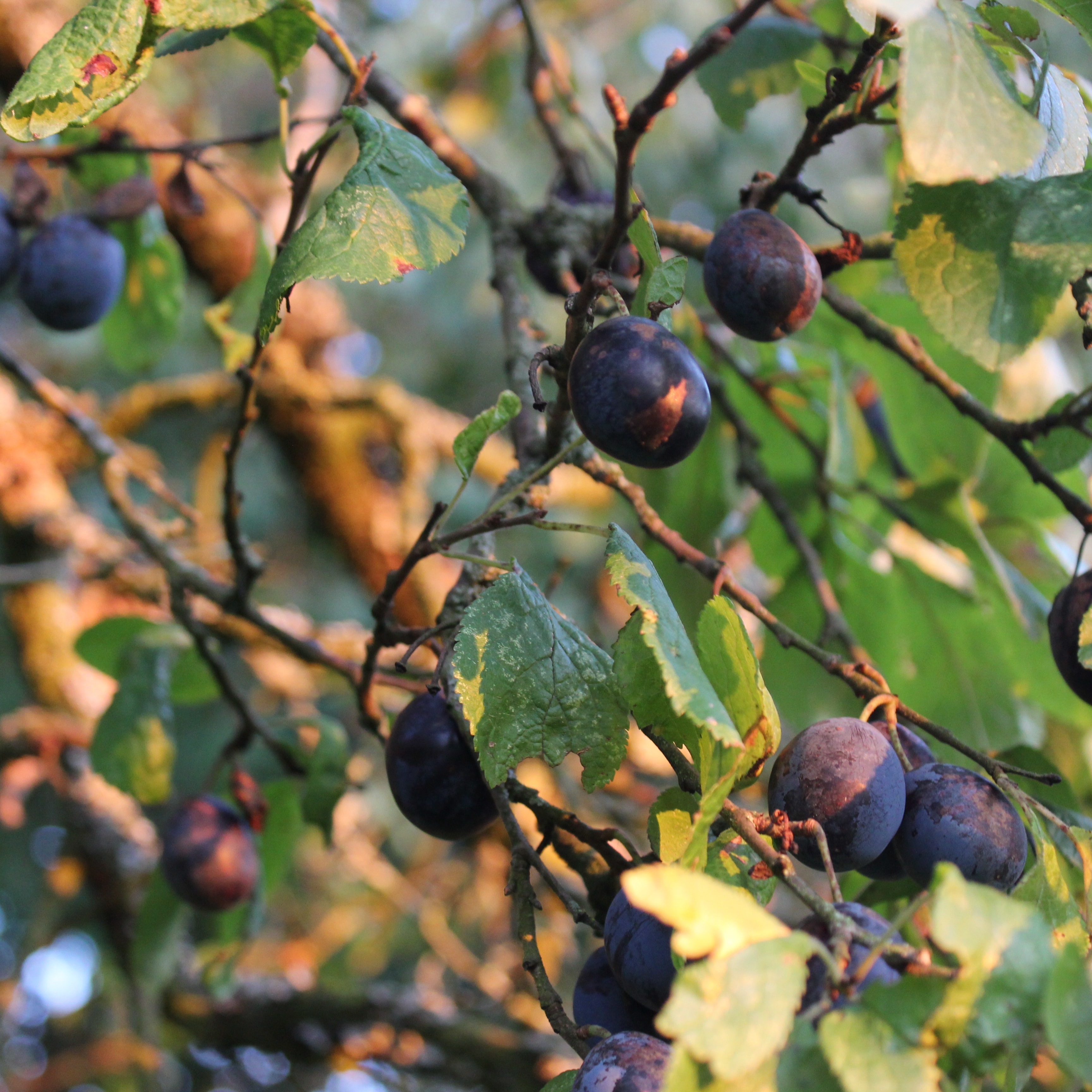
Introduction
Damsons are small, tart plums that are popular for their unique flavor and versatility in cooking and preserving. While they may be less common than other plum varieties, growing damsons in the United Kingdom can be a rewarding experience. In this comprehensive guide, we will walk you through the process of growing damsons, from selecting the right varieties to caring for your trees and harvesting their rich and flavorful fruits. Let's get started!
Choosing the Right Variety
When it comes to damsons, there are a few key varieties that are well-suited to the UK climate. Here are some popular choices:
- 'Shropshire Prune': A classic damson variety with a rich and tangy flavor, often used for jams, jellies, and desserts.
- 'Merryweather': A widely grown variety that produces large, dark-purple fruits with a sweet-tart flavor, suitable for both culinary and dessert uses.
- 'Farleigh': Another popular damson variety known for its small size, dark skin, and intense flavor, ideal for cooking and preserving.
Sowing and Planting
When starting with damsons, it's common to use young trees rather than seeds for more reliable and consistent results. Follow these steps to plant your damson tree:
- Select a suitable location: Damsons prefer well-drained soil and full sun. Choose a spot that provides good air circulation and protection from strong winds.
- Prepare the soil: Incorporate organic matter into the soil to improve fertility and drainage. Damsons generally thrive in slightly acidic to neutral soil.
- Dig the planting hole: Make a hole large enough to accommodate the root ball of the young tree. Gently spread the roots and ensure the tree is planted at the same depth it was in the nursery container.
- Backfill the hole with soil, firming it gently around the roots. Water thoroughly to settle the soil.
Growing
To ensure healthy growth and abundant harvests of damsons, consider the following tips:
- Watering: Keep the soil consistently moist, especially during dry periods. Deep, infrequent watering is better than frequent shallow watering.
- Mulching: Apply a layer of organic mulch around the base of the tree, leaving a gap around the trunk. Mulching helps retain moisture, suppress weeds, and regulate soil temperature.
- Fertilizing: Feed damson trees with a balanced fruit tree fertilizer in early spring before new growth begins. Follow the recommended application rates provided by the manufacturer.
- Pruning: Prune your damson tree during the dormant season to remove dead, diseased, or crossing branches. Prune for shape, airflow, and light penetration.
- Pest control: Regularly monitor your damson tree for pests such as aphids or plum fruit moth. Use organic or chemical controls as necessary.
Harvesting
The harvest time for damsons typically occurs in late summer or early autumn. Here's how to determine when your damsons are ready to be picked:
- Color change: Damsons change color as they ripen, transitioning from green to a deep purple or blue-black hue.
- Firmness test: Gently squeeze a damson. It should yield slightly and feel plump and firm.
- Taste test: Sample a few damsons to assess their flavor. They should have a tart and intense taste.
- Harvesting technique: Twist the damsons gently, giving them a slight upward lift to detach them from the tree. Alternatively, use pruning shears or scissors to cut the fruit, leaving a short stem attached.
Plant Care
Proper care is essential for the health and productivity of damson trees. Consider the following practices:
- Winter protection: In colder regions, protect young damson trees from frost and freezing temperatures by wrapping the trunk with burlap or using tree wraps.
- Thinning fruit: If your damson tree produces an abundance of fruit, thin them out when they are small to ensure better fruit size and prevent limb breakage.
- Winter pruning: Perform pruning during the dormant season to remove dead or diseased branches and maintain an open center structure for improved airflow.
Storing and Preserving
If you have a surplus of damsons, here are some storage and preserving options:
- Cool storage: Damsons can be stored in a cool, dark place for a few days. Check them regularly and remove any spoiled fruits to prevent spoilage.
- Preserving: Damsons are excellent for making jams, jellies, and fruit preserves. Explore different recipes and methods to preserve the flavors of your harvest.
- Freezing: Damsons can be washed, pitted, and frozen for future use in pies, crumbles, or sauces.
Common Problems
While growing damsons, you may encounter some common issues:
- Plum fruit moth: The larvae of this moth can cause damage to damson fruits. Monitor for signs and use appropriate insecticides or pheromone traps to control infestations.
- Plum pockets: This fungal disease causes abnormal growths and deformations in damson fruits. Select disease-resistant varieties and maintain good garden sanitation to minimize the risk of infection.
- Fruit drop: Excessive fruit drop can occur due to various factors, including inadequate pollination or tree stress. Ensure proper pollination and provide consistent care to minimize fruit drop.
Conclusion
Growing damsons in the United Kingdom offers a unique opportunity to enjoy the rich and tangy flavors of this distinct plum variety. By selecting the right varieties, providing proper care, and addressing common challenges, you can cultivate healthy damson trees that bear abundant and flavorful fruits. Remember to be patient and consistent in your efforts, as damson trees may take a few years to establish and reach full productivity. Happy damson growing!